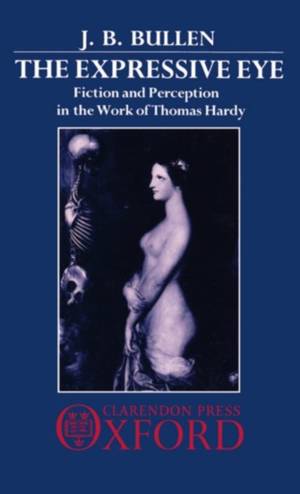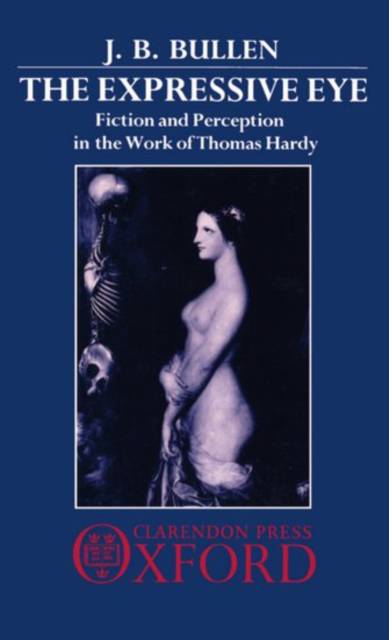
- Afhalen na 1 uur in een winkel met voorraad
- Gratis thuislevering in België vanaf € 30
- Ruim aanbod met 7 miljoen producten
- Afhalen na 1 uur in een winkel met voorraad
- Gratis thuislevering in België vanaf € 30
- Ruim aanbod met 7 miljoen producten
Zoeken
€ 330,45
+ 660 punten
Omschrijving
Each of Thomas Hardy's novels is filled with striking visual images -- characters, interior settings, buildings, village scenes, and open tracts of land. These images are all rendered with a vitality and energy immediately recognizable as Hardy's own. In fact, Hardy, whose style owed much to his abilities as a draughtsman, once remarked that he saw his narratives as a series of images. J. B. Bullen explores this fascinating link between the image and the idea in the fiction of Thomas Hardy, and demonstrates how Hardy approached his work from a particular "point of view" which not only determined the lighting, composition, and structure of his literary visual effects, but which also allowed him to express emotions and ideas in the direct, "vividly visible" fashion that is the hallmark of his greatest fiction.
Specificaties
Betrokkenen
- Auteur(s):
- Uitgeverij:
Inhoud
- Aantal bladzijden:
- 294
- Taal:
- Engels
Eigenschappen
- Productcode (EAN):
- 9780198128588
- Verschijningsdatum:
- 1/05/1986
- Uitvoering:
- Hardcover
- Formaat:
- Genaaid
- Afmetingen:
- 170 mm x 222 mm
- Gewicht:
- 589 g

Alleen bij Standaard Boekhandel
+ 660 punten op je klantenkaart van Standaard Boekhandel
Beoordelingen
We publiceren alleen reviews die voldoen aan de voorwaarden voor reviews. Bekijk onze voorwaarden voor reviews.











